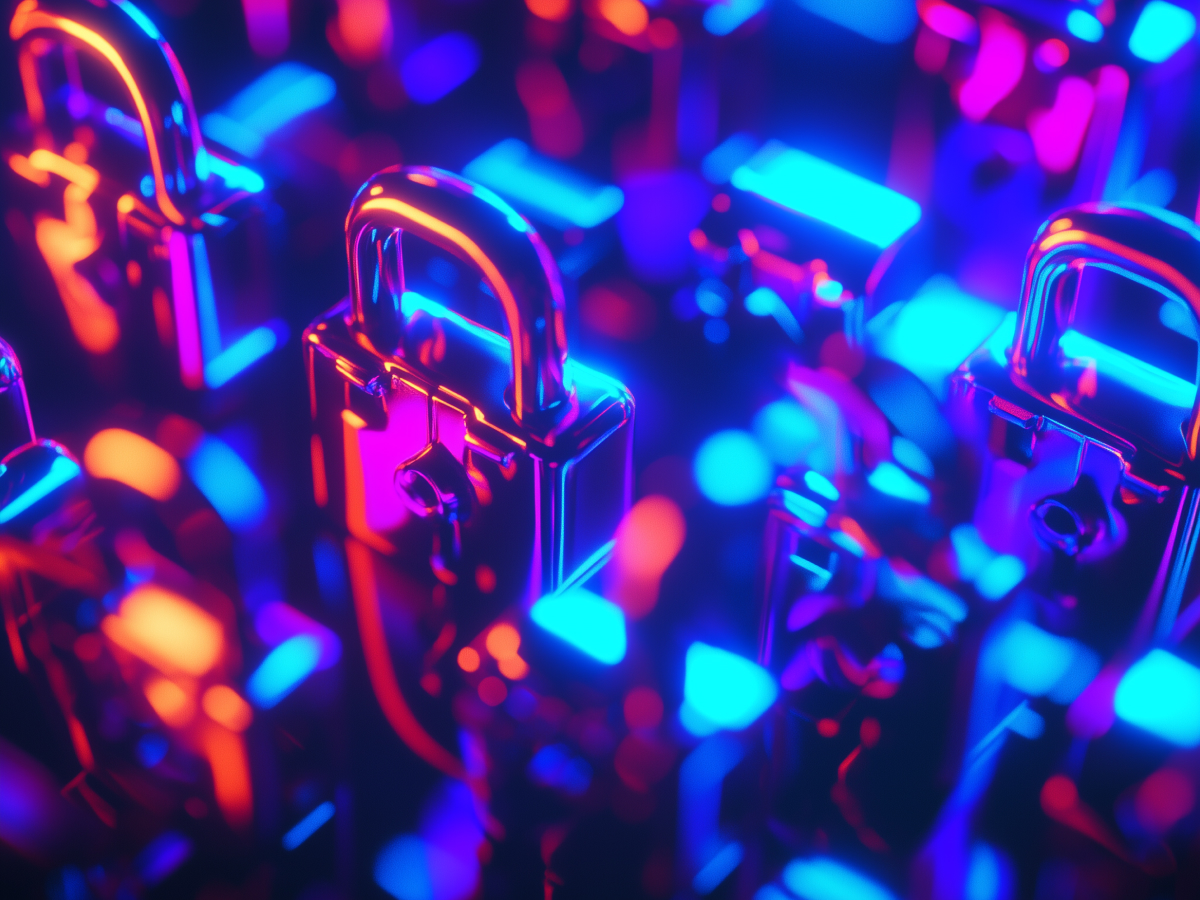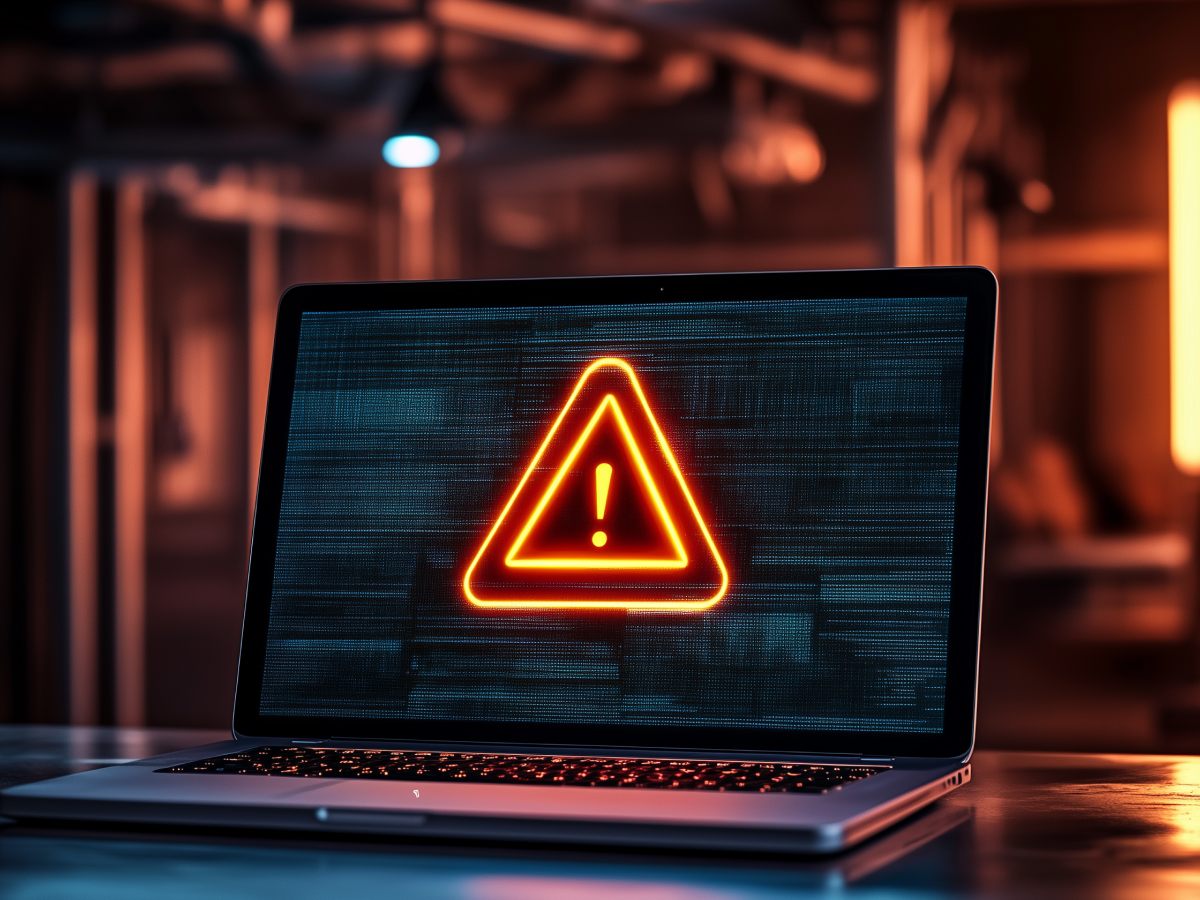Cybersecurity culture must be integrated enterprise-wide
Every time we innovate, hackers innovate faster. In order to stay ahead, cybersecurity has to be woven into the very fabric of your company. A Culture of awareness and continuous education transforms weak links into strategic strengths.
Every employee, from the intern to the CEO, needs to feel like they’re the last line of defense against a cyberattack. When the entire organization prioritizes security, vulnerabilities become opportunities to innovate.
Establishing clear cybersecurity policies
You can’t expect employees to play the game if no one’s explained the rules. That’s why clear, comprehensive cybersecurity policies are key. These policies define what’s acceptable, what’s not, and what’s expected of every team member.
Your policies should spell out the essentials: access controls, data communication standards, and protocols for handling sensitive information. When security teams align with these guidelines it builds unity and accountability. Clear rules mean fewer gaps, fewer mistakes, and a stronger organization overall.
Assigning and rewarding cybersecurity
People rise to the occasion when they know their work matters. Cybersecurity is no different. In assigning specific roles and responsibilities, you’re making it clear that everyone has a part to play. When security becomes part of an employee’s goals, it becomes everyone’s job.
Recognition is another key piece. Reward employees who spot phishing emails or report vulnerabilities. Gamify the experience if you can; incentives matter. Acknowledging strong cybersecurity practices reinforces the message: vigilance pays off, and it’s appreciated. This approach builds a culture of proactive problem-solving and shared accountability.
A top-down approach and cross-departmental collaboration
Cybersecurity starts at the top. If leadership doesn’t treat it as a priority, no one else will. Board-level and C-suite involvement is non-negotiable. Cybersecurity must be part of your business strategy.
Collaboration across departments is the next step. IT, HR, legal, finance, and operations all have unique insights and responsibilities in managing threats. Breaking down silos makes sure that no potential vulnerability goes unnoticed. Continuous education reinforces the idea that cybersecurity is a mindset. With leadership setting the tone and teams working together, you create a resilient, adaptive organization that’s ready for anything.
Continuous education and engaging programs
People learn better when they’re having fun. That’s why programs like Liberty Mutual’s “Responsible Defenders” are so good. Their approach combines gamification, phishing exercises, blog posts, videos, and training events to keep employees engaged and vigilant. And it’s not just about the workplace; their “Friends and Family Cyber Guide” extends cybersecurity best practices beyond the office, touching lives on a broader scale.
Real-time feedback is another smart move. Liberty Mutual’s phishing exercises educate employees on the spot, turning mistakes into lessons. Such a level of engagement changes employees into active participants in the organization’s defense strategy. Helping employees to take ownership is what builds a true cybersecurity culture.
Cybersecurity must align with the organization’s core mission
Cybersecurity has to be integrated into your company’s mission. When it’s treated as an add-on, it’s the first thing to be overlooked when budgets tighten or priorities shift. Messaging matters. Use language that resonates with employees and ties cybersecurity to their everyday tasks.
Integration is key. Security should be baked into workflows, not sprinkled on top. Regular training, open communication, and real-time monitoring create an environment where cybersecurity is just how things are done. Forget the buzzwords; focus on clarity. When cybersecurity becomes second nature, your organization will be unstoppable.





